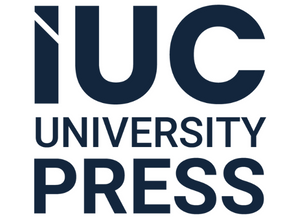Background: The primary objective of this study was to assess the influence of age and gender on changes in oral health, specifically focusing on the variations in the number of decayed, missing, and restored teeth (DMFT) over time.
Methods: Panoramic radiographs from 2410 individuals aged 18-88 years were assessed using the DMFT index. The numbers of decayed (D), missing (M), and restored (F) teeth were recorded at 2 distinct time points. The total DMFT score was calculated for each individual, considering the quadrants and left/right sides of the mouth. Changes in DMFT scores were analyzed across various age groups and between genders. Due to the non-parametric data, statistical analyses were performed using Quade's Rank ANCOVA test to control for covariates such as time, age, and gender, and to evaluate group differences independently. Post-hoc analyses were performed to further explore the impact of demographic variables (P < .05).
Results: The analysis, which compared genders irrespective of age, revealed significant differences in all quadrants concerning the number of decayed, missing, and restored teeth, as well as the DMFT scores, between men and women, with changes observed over time (P < .05). Similarly, statistical significance was found among different age ranges (P < .05). Additionally, within each age group, gender effects were observed (P < .05). When considering score changes for the whole mouth (left and right sides together) there was no statistical significance between genders regarding D (P=.349) and F (P= .645) scores.
Conclusion: The median DMFT score increased over time, and there is a direct association with gender and age
Cite this article as: Kerimova Köse L, Müdüroğlu Adıgüzel R, Güngör S, Arhun N. Exploring gender and age differences in oral health: insights from panoramic radiographs in a retrospective study. Essent Dent. 2025; 4, 0022, doi: 10.5152/EssentDent.2025.25022.






